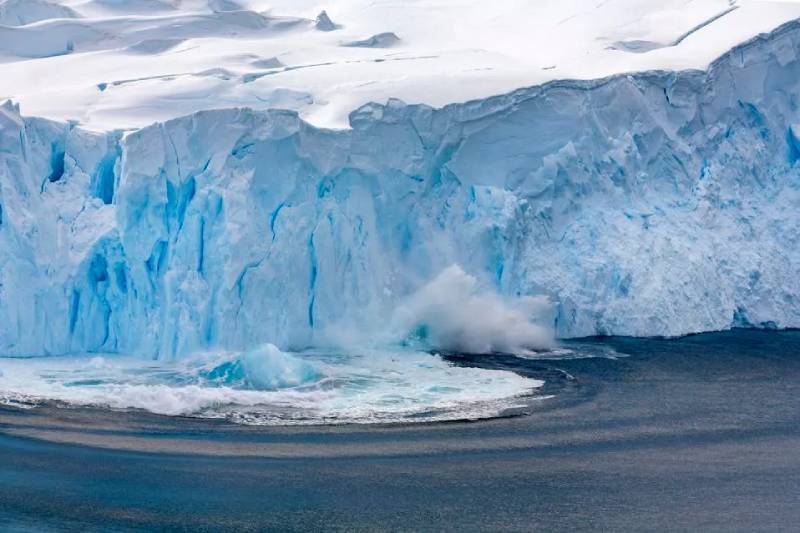Astronomers have observed a remarkable event in the cosmos: the sudden brightening of a star in infrared light followed by an optical fade, all caused by a massive collision between two enormous planets. The star, previously unremarkable and known as 2MASS J08152329-3859234, became significantly dimmer in visible light in December 2021. While such events have been witnessed before, they remain rare and intriguing to astronomers. It was subsequently renamed ASASSN-21qj, and telescopes worldwide began monitoring it closely.
However, what transformed this event into something unprecedented was a comment on social media. It was pointed out that ASASSN-21qj had brightened dramatically in infrared light about 900 days prior to the optical dimming. This unexpected observation took astronomers by surprise.
The combination of increased infrared brightness and reduced optical light indicated the presence of an enormous dust cloud. Initially, this dust cloud was not in our line of sight to the star. Still, radiation from ASASSN-21qj heated the cloud to around 1,000 K (1,340 °F), causing it to emit infrared radiation. Eventually, the dust cloud passed between Earth and the star, obstructing enough of the star’s light to cause the visible light fading. About 100 days after the dimming began, the infrared radiation also started to fade, although this timing is believed to be coincidental.
Dr. Matthew Kenworthy of Leiden University, a co-lead author of a new study, expressed his surprise at this observation. He and his colleagues conducted a thorough analysis to determine the amount of dust, its likely orbit, the sizes and locations of the planets involved, and their relative positions to ASASSN-21qj.
Their findings suggest that the collision involved two planets larger than Earth, likely ice giants similar to Neptune and Uranus. This celestial encounter occurred between 2 and 16 astronomical units from ASASSN-21qj, a range that, in our Solar System, would span from just beyond the orbit of Mars to nearly that of Uranus.
Over time, it is expected that the dust will disperse throughout its orbit, resembling the trails from comets that create meteor showers. Further observations of this process should help refine estimates of the compositions of the planets involved and their orbital characteristics.
Despite the immense amount of dust generated, approximately 99 percent of the masses of the two planets are expected to coalesce into a new planet. The team has even detected light they believe originates from this new celestial body. Due to vaporization caused by the heat released during the collision, this planet initially expanded to many times its size. Gradually, it will condense, but in the meantime, it reflects enough light for us to observe.
Dr. Zoe Leinhardt of the University of Bristol noted that, in the future, the material around the remnant may condense to form a retinue of moons orbiting this new planet.
ASASSN-21qj is considered a young star, estimated to be around 300 million years old. This places it outside the initial planet-forming period but suggests it may be experiencing an event akin to the Solar System’s Late Heavy Bombardment. Encounters on such a colossal scale are truly exceptional. While previous dust clouds observed in space may also result from collisions, they were likely much smaller and did not give rise to a visible planet.
Disclaimer: The views, suggestions, and opinions expressed here are the sole responsibility of the experts. No Atlantic Brief journalist was involved in the writing and production of this article.


